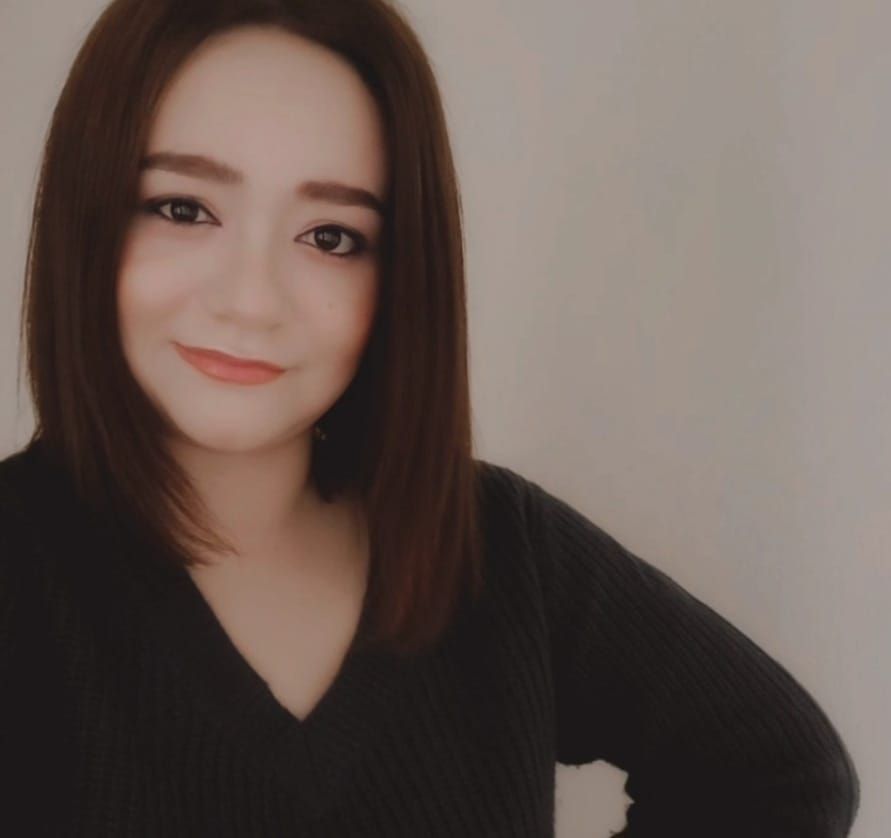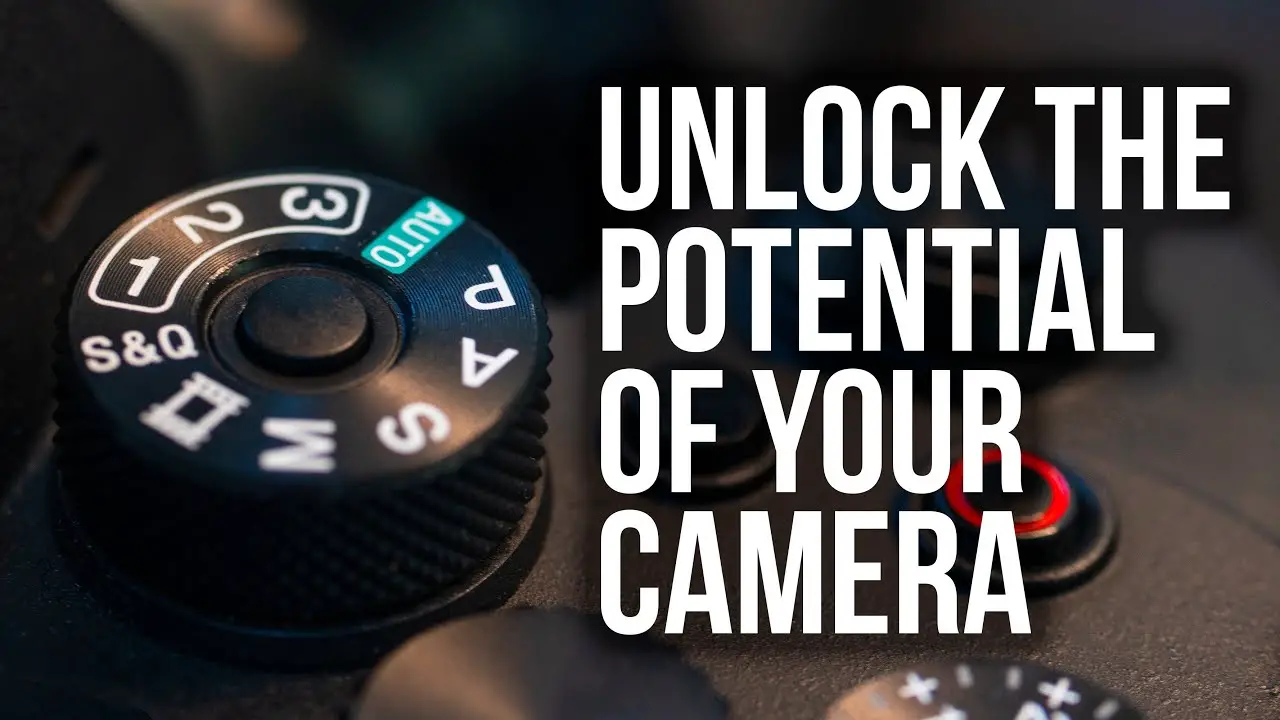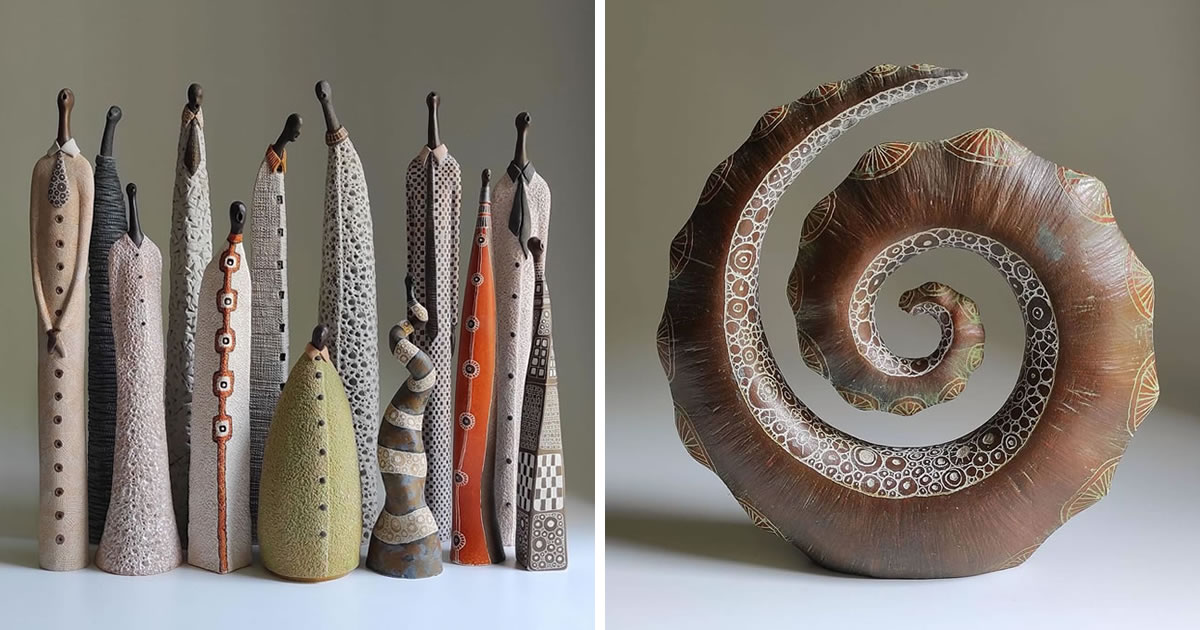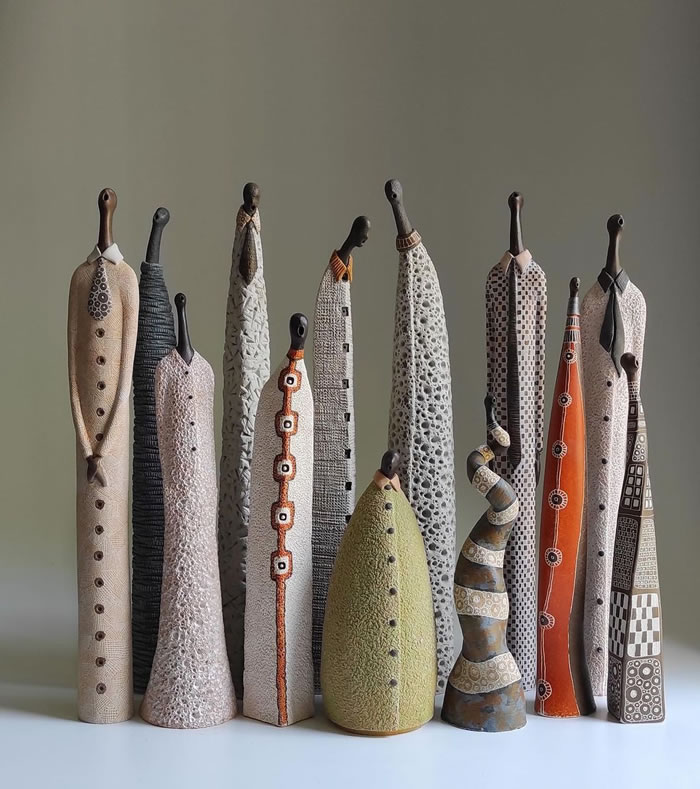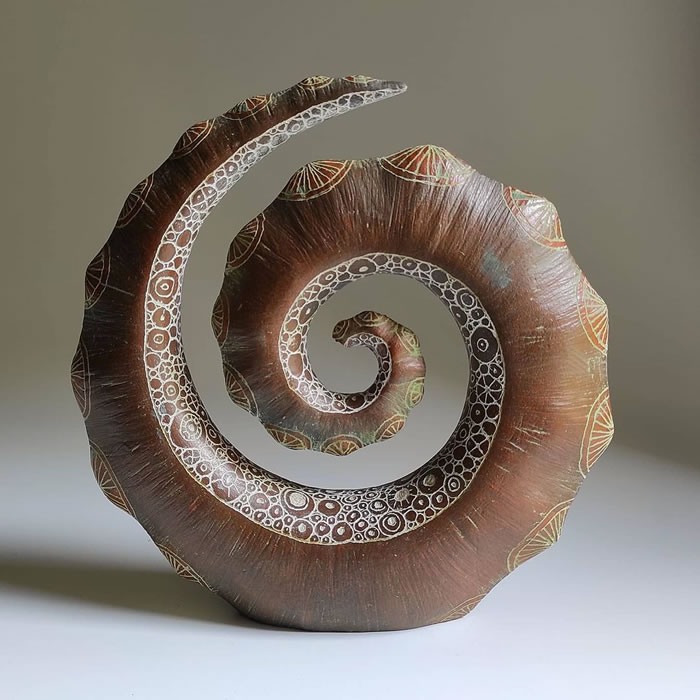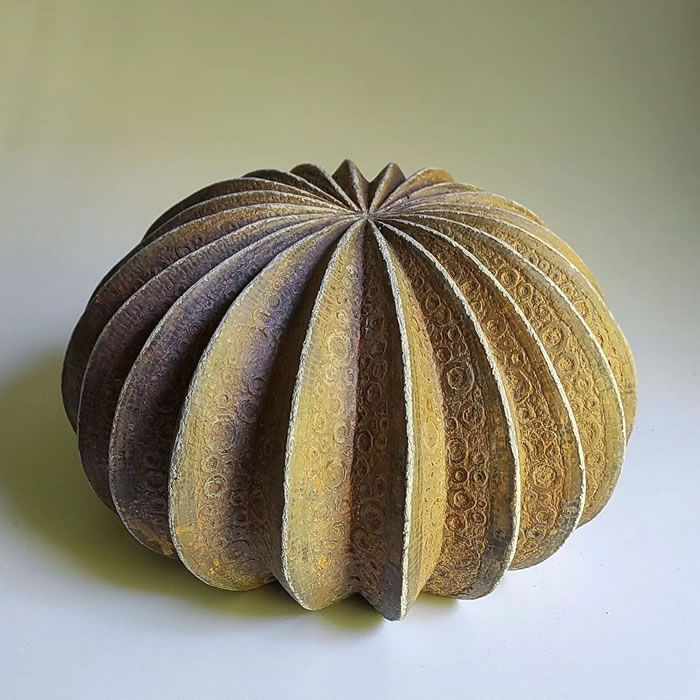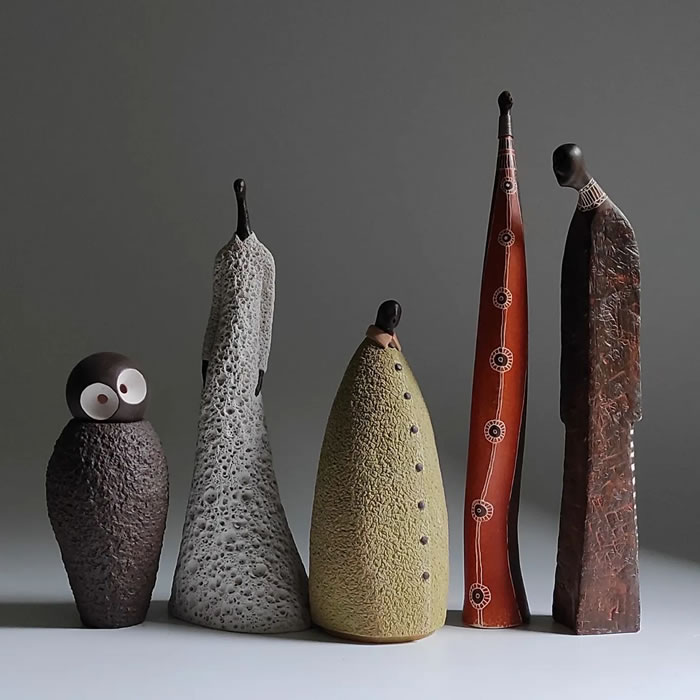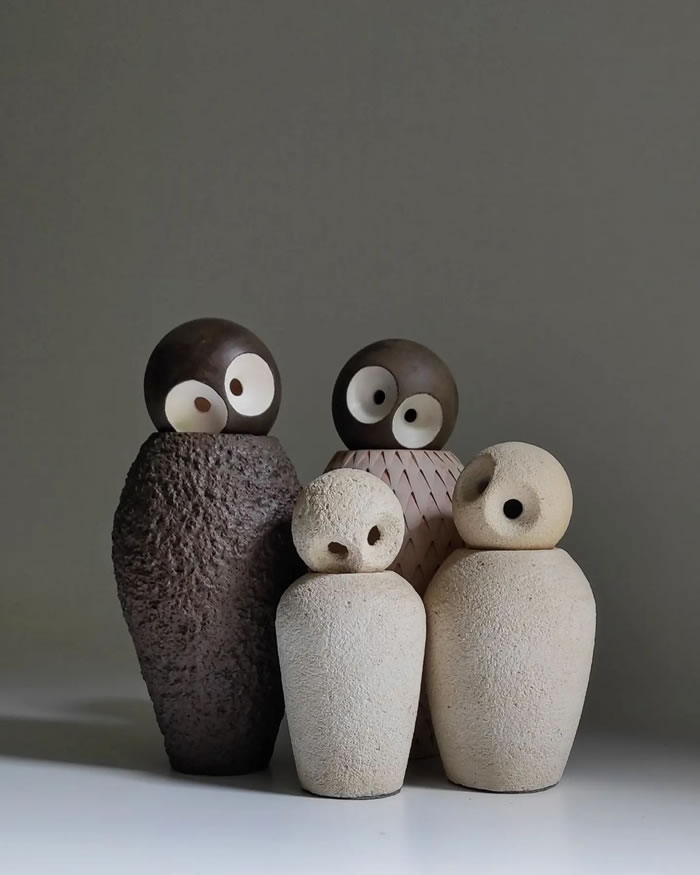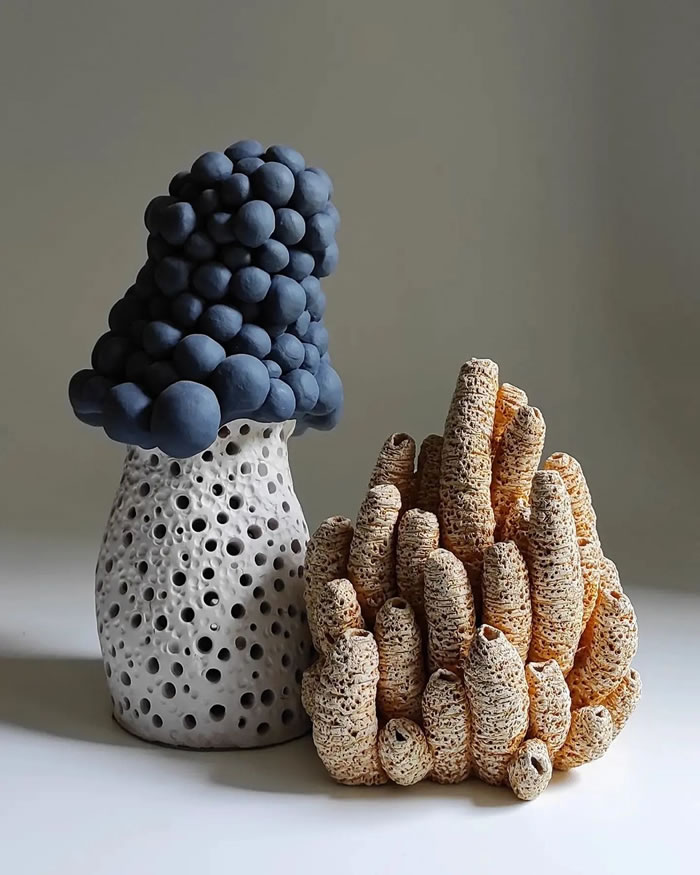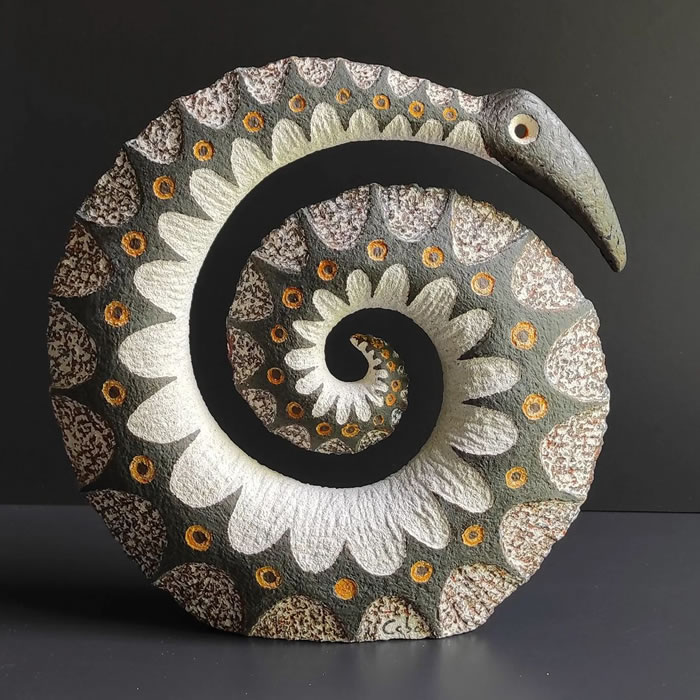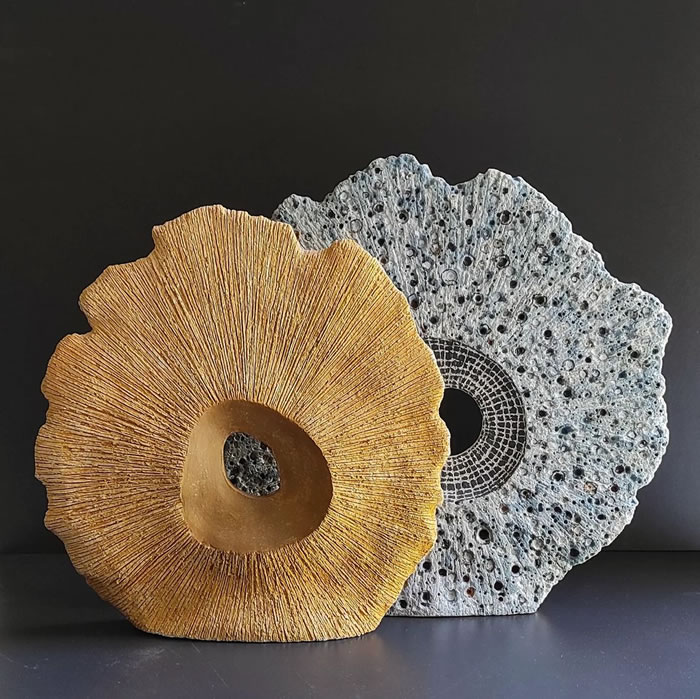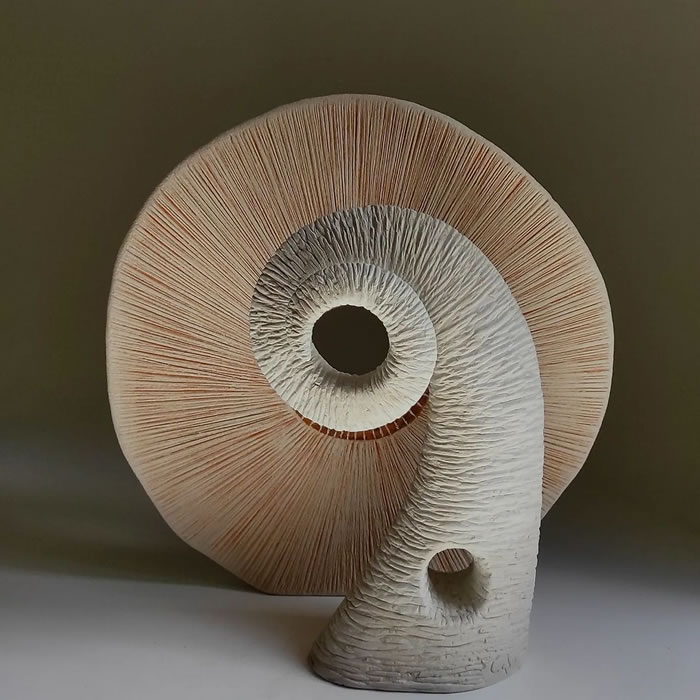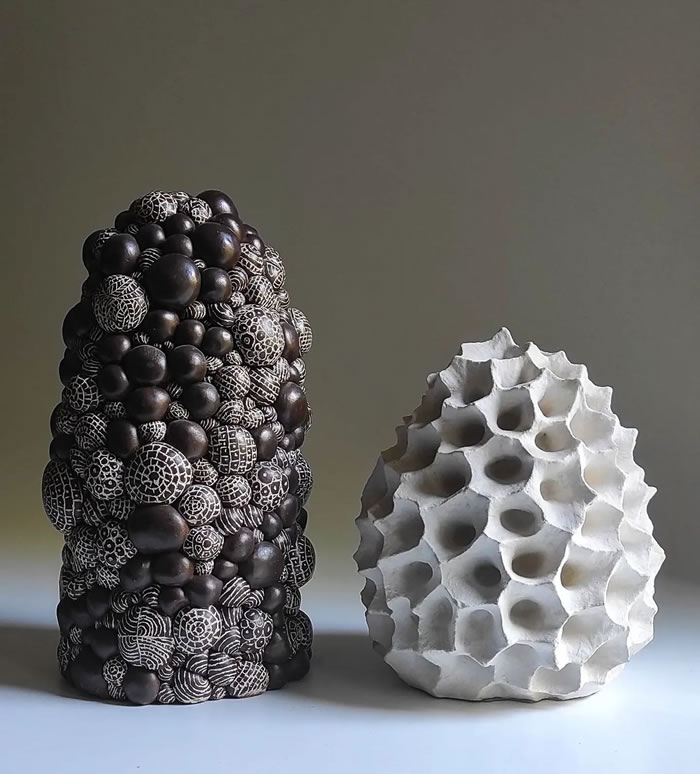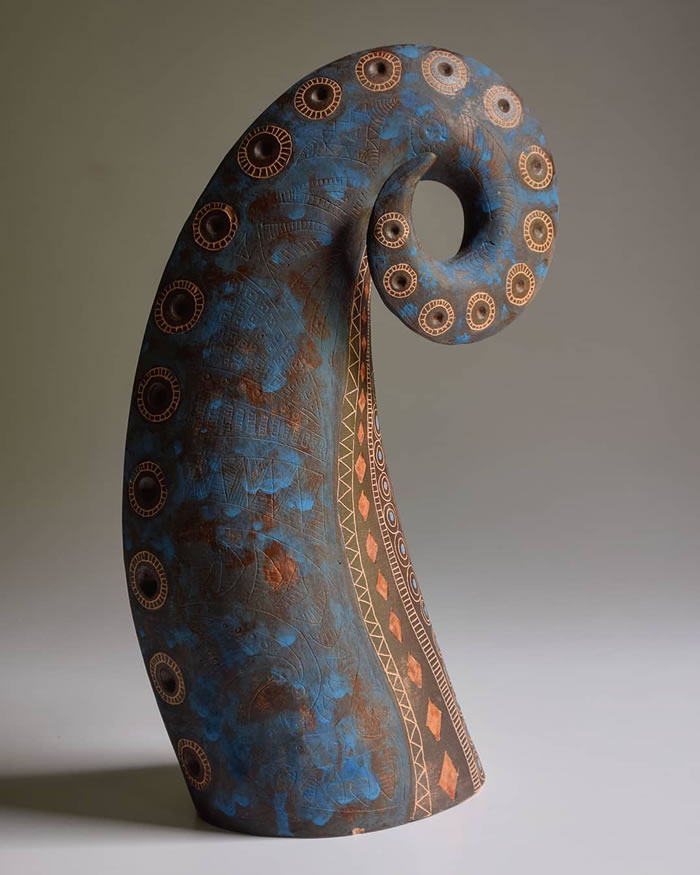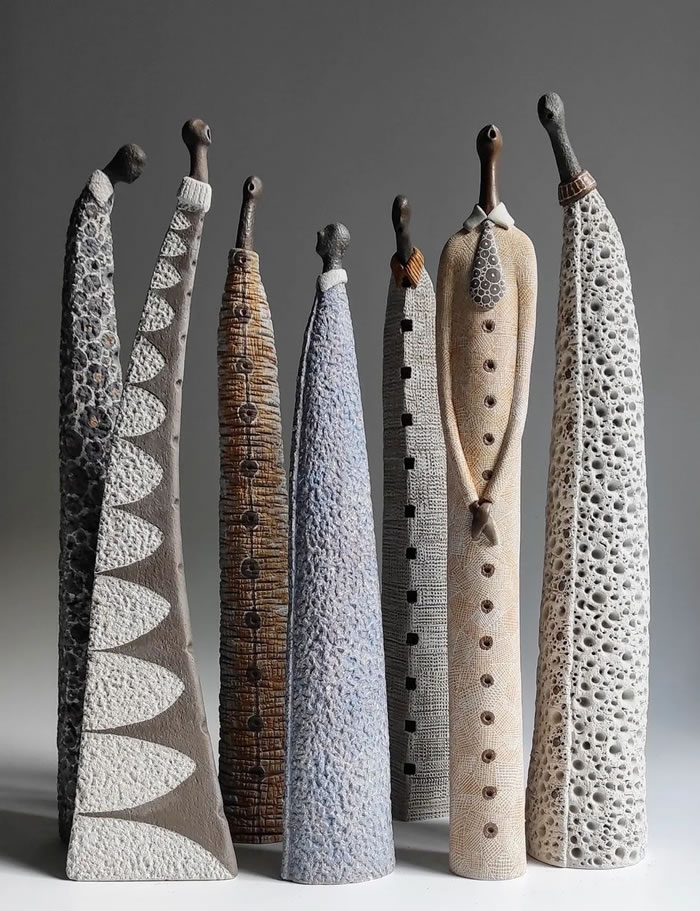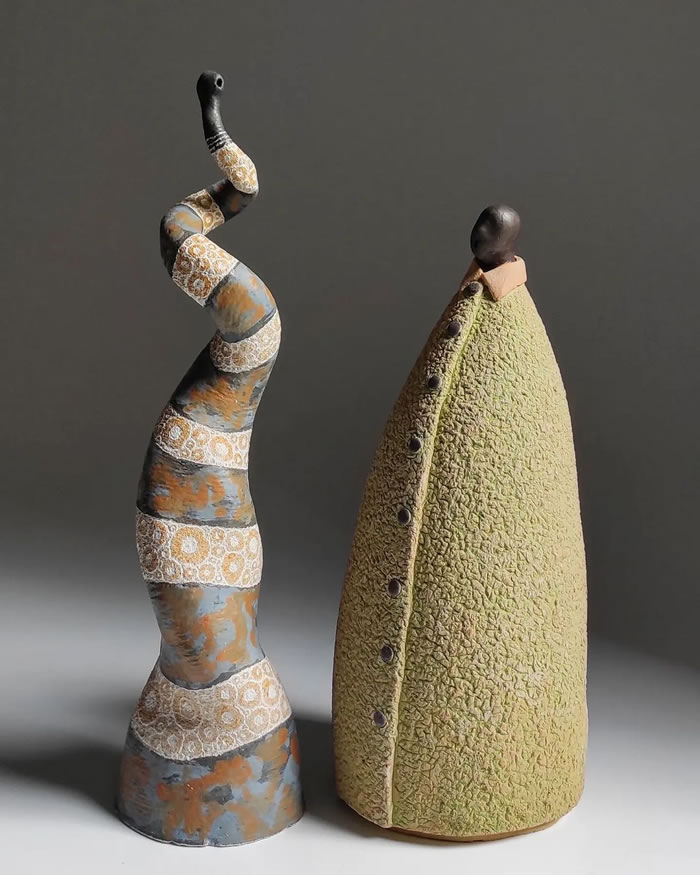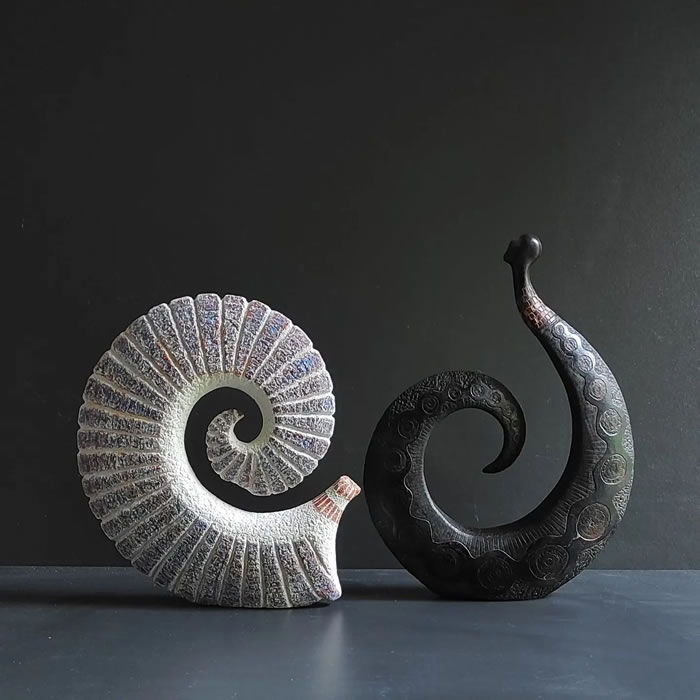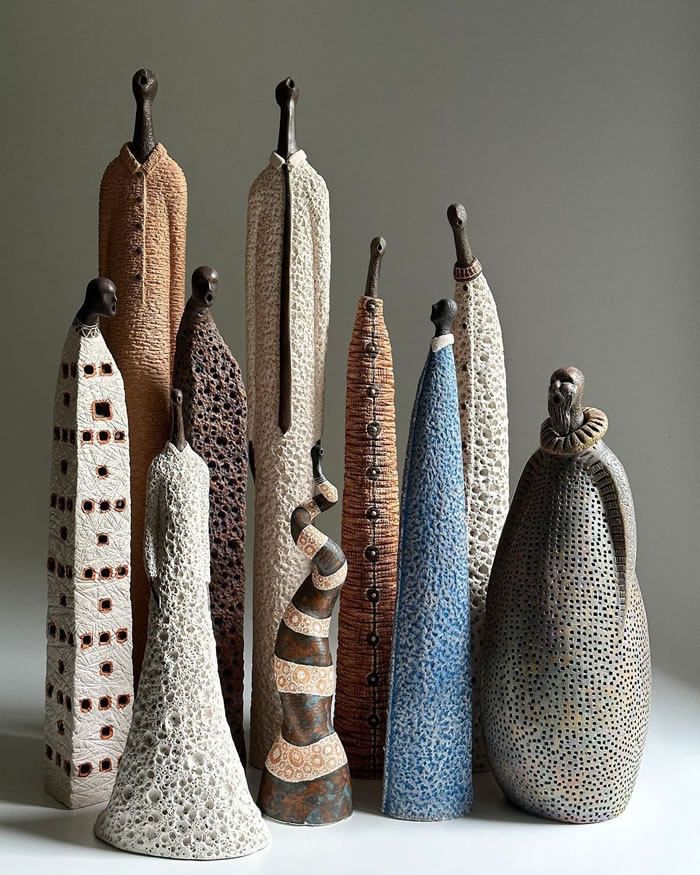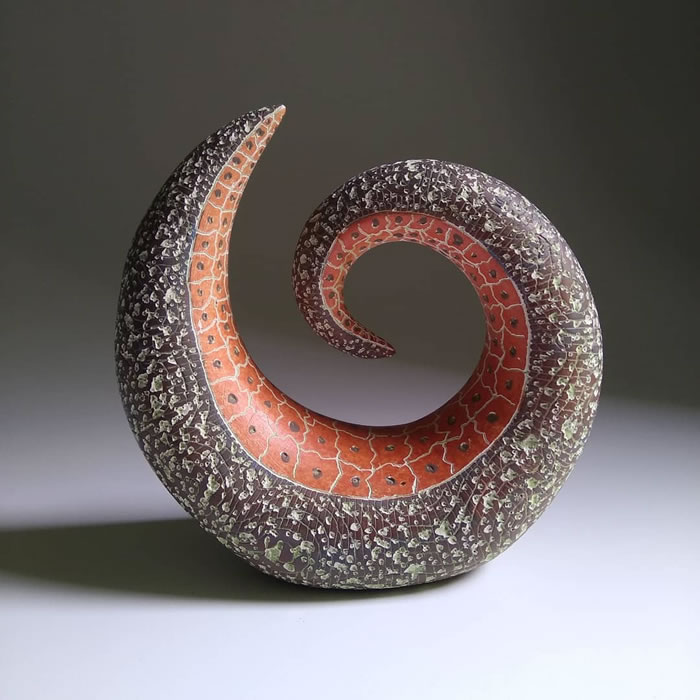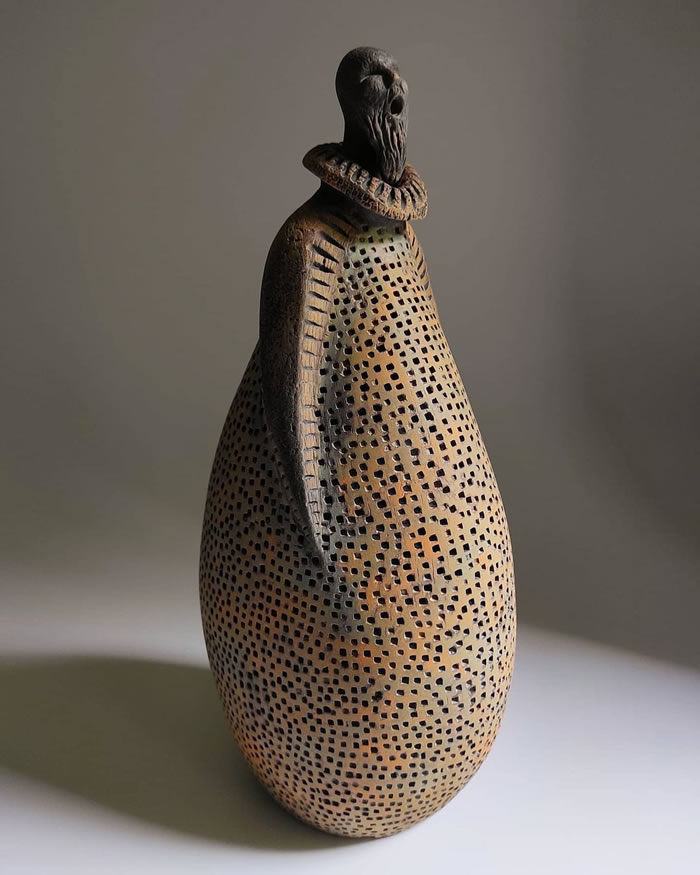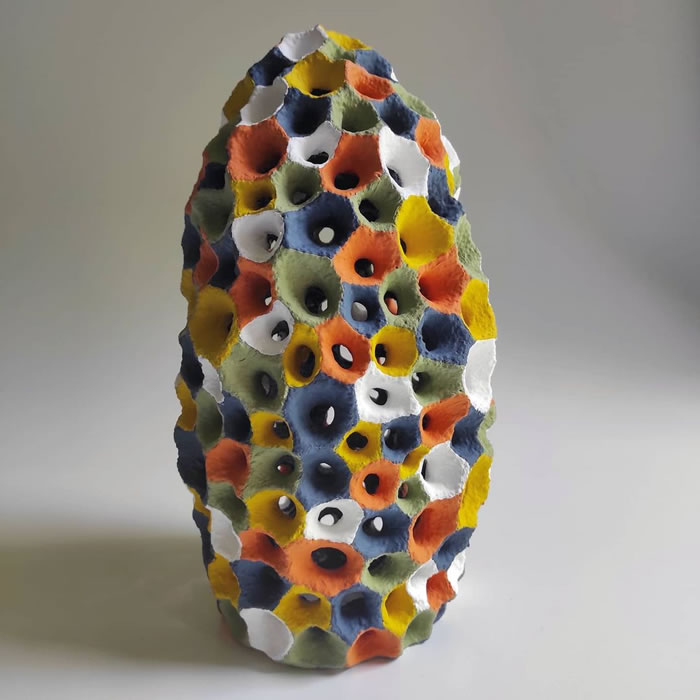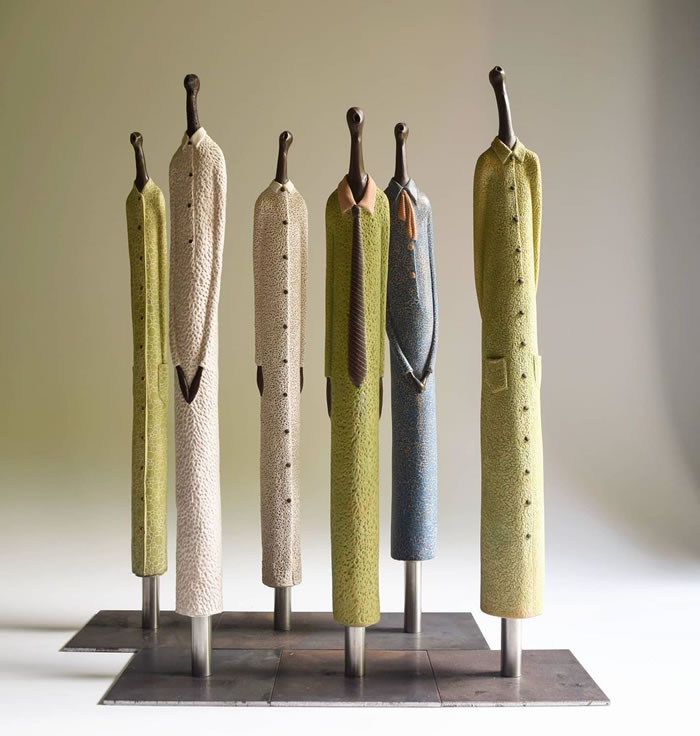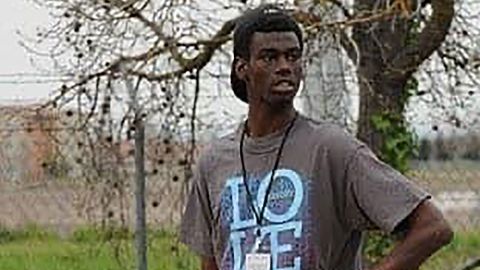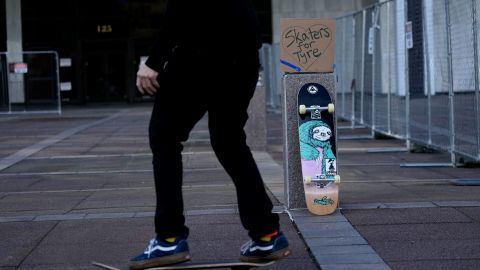NEWS FEED

Delaware to Issue Monthly Emergency Benefits Jan. 26 to SNAP Households, Eligible TANF, General Assistance Households
Date Posted: January 25, 2023

Delaware Nonprofits Share in Grant Funds to Promote Financial Literacy
Date Posted: January 25, 2023

DNREC Funds New Electric Vehicle Fast Charging Stations
Date Posted: January 25, 2023
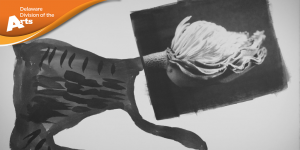
The Mezzanine Gallery to Exhibit Roger Matsumoto’s Printing with Palladium from February 3-23
Date Posted: January 25, 2023

Governor Carney Announces Major Child Care Investments and Initiatives
Date Posted: January 24, 2023

Flag Lowering for the Victims of the Tragedy in Monterey Park, California
Date Posted: January 23, 2023

Historical Affairs’ Black History Month 2023 Programs
Date Posted: January 23, 2023

DNREC Relaunches Living Shoreline Cost Share Program
Date Posted: January 23, 2023

Delaware Releases K-12 Mathematics Framework
Date Posted: January 20, 2023

DPH’s Office of Animal Welfare Announces Sixth Arrest In Connection With January 8th Dog Fighting Bust; 4 Dogs Rescued
Date Posted: January 20, 2023
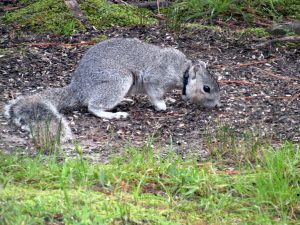
Delmarva Fox Squirrel Recovery and Species Restoration in Delaware Continued During 2022
Date Posted: January 20, 2023

Governor Carney Delivers 2023 State of the State Address
Date Posted: January 19, 2023

Suspect Indicted For 2015 Murder That Sparked Years-Long Wilmington Gang War
Date Posted: January 19, 2023

DOC Announces Internal Affairs, Correctional Food Services Leadership Promotions
Date Posted: January 19, 2023

Delaware Officials Provide Latest Updates, Underscore Urgency Surrounding Increased Overdose Deaths in the State
Date Posted: January 18, 2023

Statewide Autism Programs Move to Department of Education
Date Posted: January 18, 2023
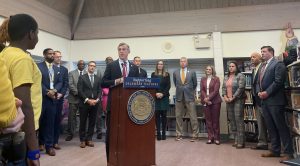
Governor Carney Announces Raises for Delaware Teachers, Investments in Opportunity Funding, WLC
Date Posted: January 17, 2023

‘Struggles for Equality’ series in February 2023
Date Posted: January 17, 2023

Two Delaware Arts Organizations Receive Grant from the National Endowment for the Arts
Date Posted: January 17, 2023
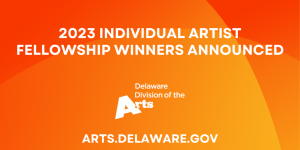
Delaware Division of the Arts Announces 2023 Individual Artist Fellowship Winners
Date Posted: January 17, 2023
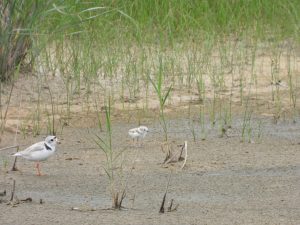
Piping Plovers in Delaware Experience Modest Nesting Success in 2022
Date Posted: January 17, 2023

School Water Testing Program Update
Date Posted: January 13, 2023

New Charges Filed, Guilty Plea Secured in NorthPak Case
Date Posted: January 13, 2023

DPH Sees Lower Post-Holiday Increases in Cases and Hospitalization Than In 2022
Date Posted: January 13, 2023

Delaware Mortgage Relief Program Announces New Program Guidelines And Partnerships
Date Posted: January 11, 2023

Delaware to Receive Nearly $56,000 for Alleged False Claims Caused by Respiratory-Related Medical Equipment
Date Posted: January 11, 2023

Department of Correction Recognized With Recruitment Video of The Year
Date Posted: January 11, 2023

Delaware Office of Animal Welfare, Delaware State Police Rescue 14 Dogs; 5 Residents Face Felony Dog Fighting Charges
Date Posted: January 11, 2023
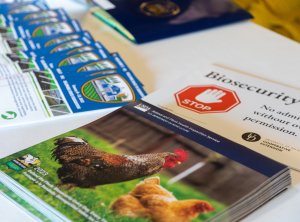
Delaware Environmental Stewardship Awardees Announced During Delaware Ag Week
Date Posted: January 10, 2023

DNREC Issues Notice of Violation to Owner of Pine Haven Campground Community for Ongoing Wastewater Issues
Date Posted: January 10, 2023

Delaware’s 2022 Farmers Markets Hit All-time High Sales Record
Date Posted: January 10, 2023

La Autoridad de Vivienda anuncia el lanzamiento de un programa piloto de informes de alquileres en todo el estado
Date Posted: January 9, 2023

Delaware State Housing Authority Announces The Launch Of Statewide Rent Reporting Pilot
Date Posted: January 9, 2023

Funding Available for Delaware Communities Seeking to Improve Tree Canopy
Date Posted: January 9, 2023

Governor Carney Formally Extends Public Health Emergency
Date Posted: January 6, 2023

DMV Unveils New Virtual Lobby
Date Posted: January 6, 2023
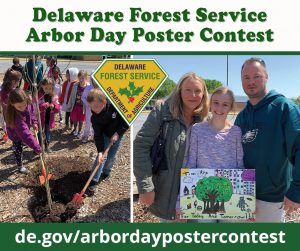
2023 Arbor Day Poster Contest Now Open
Date Posted: January 6, 2023

DNREC Shuts Down Polly Drummond Yard Waste Site Following a Second Suspicious Ground Fire in a Week
Date Posted: January 5, 2023

Delaware to Solicit Water Quality Improvement Projects With Bipartisan Infrastructure Law Funding
Date Posted: January 5, 2023

Three Seasoned Leaders Named Deputy Wardens at Delaware Correctional Facilities
Date Posted: January 4, 2023

DOL Conducting 2023 Annual Prevailing Wage Survey
Date Posted: January 3, 2023

Department of Correction Marks National Accreditation Milestone In 2022
Date Posted: January 3, 2023
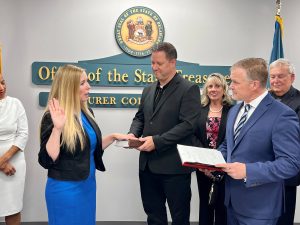
Treasurer Davis Sworn In For Second Term
Date Posted: January 3, 2023

Delaware Contributes Youth Overdose Death Data for Centers for Disease Control and Prevention’s Report
Date Posted: January 3, 2023

Emergency Sirens Test on Tuesday, January 3
Date Posted: December 30, 2022

Wastewater, Surface Water and Drinking Water Planning Grant Proposals Now Being Accepted by DNREC, DPH
Date Posted: December 29, 2022

Additional Delaware Deer Hunting Seasons Open in January, As Numerous Other Hunting and Trapping Seasons Continue
Date Posted: December 28, 2022

Governor Carney Lowers Delaware Flags in Honor of John S. Giles, Jr.
Date Posted: December 27, 2022

Governor Carney Announces State Offices Closed Friday
Date Posted: December 22, 2022

Implementation Of Delaware EARNS Off To A Historic Start
Date Posted: December 22, 2022

Records Pond Fishing Pier Closed for Public Safety
Date Posted: December 22, 2022

DNREC Encourages Delawareans to Recycle Christmas Trees
Date Posted: December 22, 2022

Delaware Emitirá Beneficios de Emergencia el 23 de Dic. Para Hogares Elegibles de SNAP, TANF y de Asistencia General
Date Posted: December 21, 2022

Del. To Issue Monthly Emergency Benefits Dec. 23 To SNAP Households, Eligible TANF and General Assistance Households
Date Posted: December 21, 2022

LA DIVISION DE SALUD PÚBLICA ANUNCIA ACTUALIZACIONES A LAS OPCIONES DE PRUEBAS DE COVID-19 EN DELAWARE
Date Posted: December 20, 2022

Delaware Division of Public Health Announces Changes to Access for COVID-19 Testing in Delaware
Date Posted: December 20, 2022

Historical Affairs Programs In January 2023
Date Posted: December 19, 2022

Governor John Carney Elected 2023 National President of The Council of State Governments
Date Posted: December 19, 2022
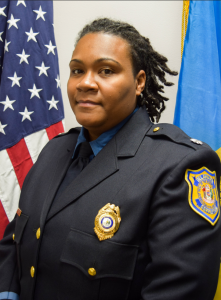
Kimberly Hughey named Warden of Baylor Women’s Correctional Institution
Date Posted: December 16, 2022

Delmarva Power presenta solicitud de aumento de tarifas de $72,3 millones
Date Posted: December 16, 2022

Delmarva Power Files Request For $72.3 Million Rate Increase
Date Posted: December 16, 2022

DPH ANUNCIA LA PRIMERA SOSPECHA DE MUERTE RELACIONADA CON INFLUENZA, INSTA AL PÚBLICO A VACUNARSE ANTES DE FIN DE AÑO
Date Posted: December 16, 2022

DPH Announces First Suspected Flu-Related Death, Urges Public To Get Vaccinated Before End Of Year
Date Posted: December 16, 2022

Delaware Natural Resources Police and DNREC Give Santa’s Sleigh a Jump-start on Toys for Tots Campaign
Date Posted: December 15, 2022

DPH Shares Monthly COVID-19 Update, Announces Changes to Data Reporting and Booster Guidance
Date Posted: December 15, 2022

DSHA To Host A Virtual Public Hearing To Gather Input On The Home-American Rescue Plan Program
Date Posted: December 15, 2022

Delaware Ag Week Returns To In-Person Experience in Harrington
Date Posted: December 15, 2022
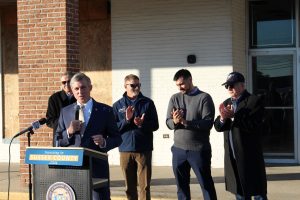
Governor Carney Announces Transformative Seaford Economic Development Project
Date Posted: December 14, 2022

Delaware Contracts with Private Firm to Test School Drinking Water
Date Posted: December 13, 2022

DEHAP Rental Assistance Program Will Close To New Applications On January 2
Date Posted: December 13, 2022
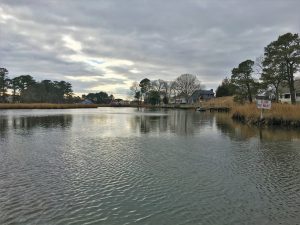
DNREC Set to Begin White Creek Dredging Project
Date Posted: December 13, 2022

Middle and High School Students to Use Digital Mapping Technology to Showcase Delaware
Date Posted: December 12, 2022

AG Jennings Announces Over $10 Billion In National Bipartisan Opioid Settlements With CVS And Walgreens
Date Posted: December 12, 2022

Governor Carney Releases Government Efficiency and Accountability Review (GEAR) Board Report
Date Posted: December 9, 2022

Governor Carney Formally Extends Public Health Emergency
Date Posted: December 9, 2022

Suspected Overdose Deaths for November in Delaware Set Monthly High Total
Date Posted: December 8, 2022

Give the Gift of Education This Year
Date Posted: December 8, 2022
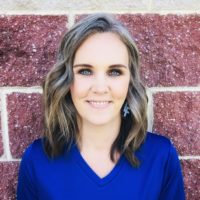
Lake Forest Paraprofessional Named Delaware 2023 Educational Support Professional of the Year
Date Posted: December 7, 2022
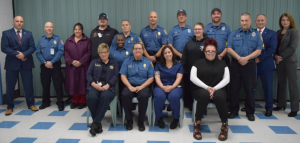
Quick Prison Response To Medical Emergency Gives Sussex Correctional Institution Inmate A New Lease On Life
Date Posted: December 7, 2022

Flags Lowered December 7 for National Pearl Harbor Remembrance Day
Date Posted: December 7, 2022

DPH Recognizes Successful Partner In Its Restaurant Accolade Program
Date Posted: December 6, 2022

Atlantic States Marine Fisheries Commission to Hold Public Hearing In Delaware Dec. 15 on Striped Bass Management Plan
Date Posted: December 6, 2022

DNREC, LaVida Hospitality Will Not Proceed With Cape Henlopen State Park Restaurant Proposal
Date Posted: December 5, 2022

Carney, Carper, Coons, Blunt Rochester Announce $11 Million to Bolster Public Health Workforce and Infrastructure
Date Posted: December 5, 2022

Prepare for Winter Weather and Driving Hazards
Date Posted: December 5, 2022

DOJ Secures Conviction Against Recidivist Sex Offender
Date Posted: December 5, 2022

DMV Announces First-Time Trust Requests by Appointment Only
Date Posted: December 2, 2022

FY2024 Delaware Division of the Arts Grant Applications for Arts & Community-Based Organizations and Schools Now Open
Date Posted: December 2, 2022

AG Jennings, DOJ’s Fraud Division Secure Revocations Against Cartel And Trafficking-Linked Business Entities
Date Posted: December 2, 2022

12 Schools Honored For Students’ Academic Achievement
Date Posted: December 1, 2022

New Tax Deduction for Contributions to Savings Plans
Date Posted: December 1, 2022
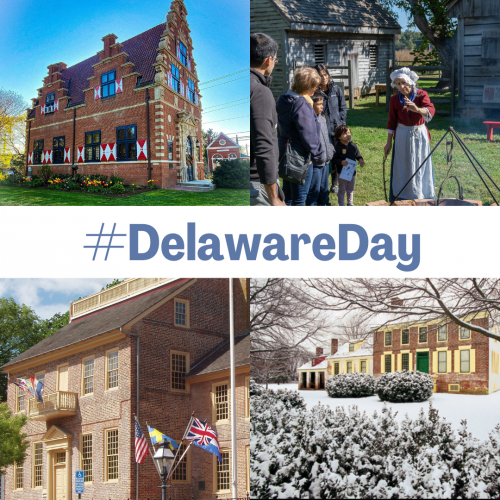
2022 Delaware Day Adventure Begins December 1
Date Posted: December 1, 2022

Delaware Launches Hotline for Concerned Loved Ones to Protect Vulnerable Adults
Date Posted: November 30, 2022

DPH Announces New Fentanyl Awareness Advertising Campaign
Date Posted: November 29, 2022

Tree Planting Projects Receive Grant Funding
Date Posted: November 29, 2022
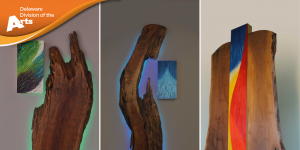
The Mezzanine Gallery to Exhibit t. a. hahn’solo from December 2-30
Date Posted: November 29, 2022
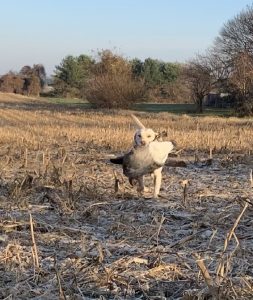
December Seasons Set to Open for Hunting and Trapping Include Special Antlerless Deer, Waterfowl and Furbearers
Date Posted: November 28, 2022

Delaware Natural Resources Police Collect Toys as Holiday Gifts for Delaware Children
Date Posted: November 23, 2022

Delaware State Parks Annual Passes, Surf Fishing Permits to go on Sale Nov. 29
Date Posted: November 22, 2022

Delaware Traffic Fatalities Reach 2021 Total
Date Posted: November 22, 2022
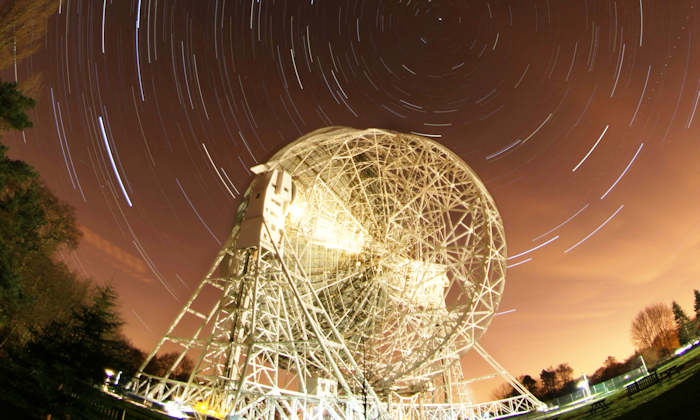
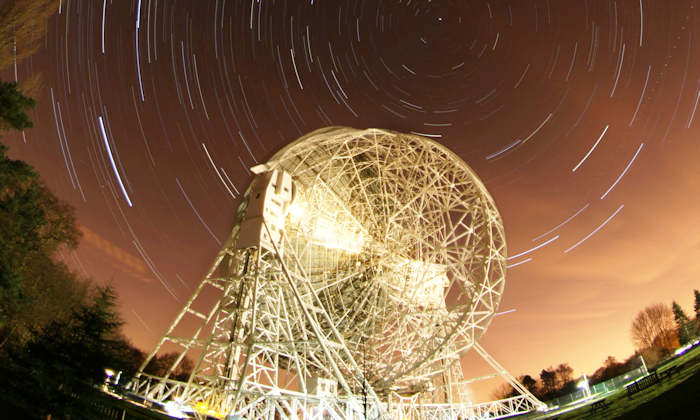
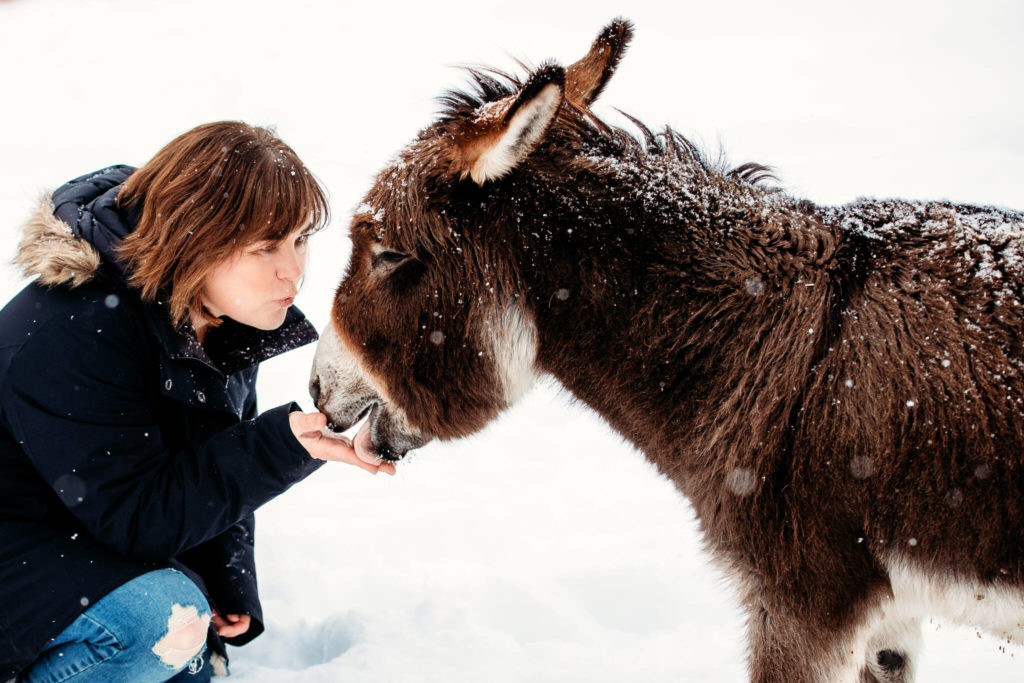


























































































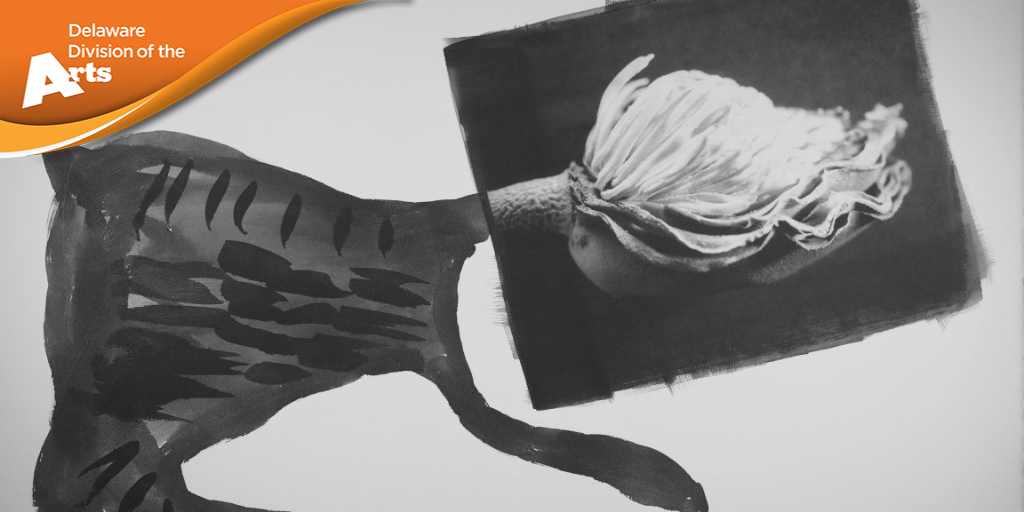

![Gilavar Photo Club whips up interest in keen photographers [PHOTO] - Gallery Image](https://www.bwuphoto.com/wp-content/uploads/2023/01/Gilavar-Photo-Club-whips-up-interest-in-keen-photographers-PHOTO.jpg)
